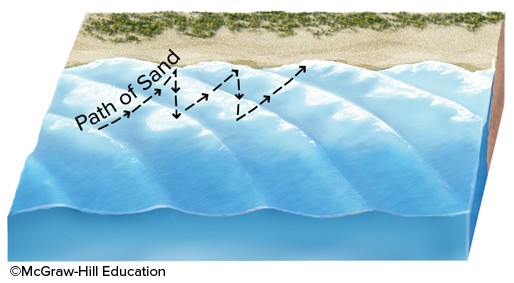Why does a rising air parcel cool off?
A) It is unstable.
B) Its relative humidity is less than 100 percent.
C) It loses energy by radiation.
D) It expands.
E) It loses heat to its surroundings.
D
You might also like to view...
Of the following, the widest gender gap is seen in the amount of the world's
A) property owned by women. B) food produced by women. C) income earned by women. D) parliamentary seats occupied by women. E) work done by women.
How did the density and buoyancy of the materials that formed Earth affect its internal structure?
a. Denser materials, such as nickel and iron, pushed their way up to the Earth's surface and became it's crust, whereas less dense, more buoyant materials such as silicon and aluminum, were displaced down to the Earth's core. b. Denser materials, such as silicon and aluminum, pushed their way up to the Earth's surface and became its crust, whereas less dense, more buoyant materials such as nickel and iron, were displaced down to the Earth's core. c. Denser materials, such as nickel and aluminum, sunk to the Earth's center and became its core, whereas less dense, more buoyant materials such as iron and aluminum rose to the Earth's surface and became its primitive crust. d. Denser materials, such as nickel and iron, sank to the Earth's center and became its core, whereas less dense, more buoyant materials such as silicon and aluminum, rose to the Earth's surface and became its primitive crust. e. Denser materials, such as silicon and aluminum, sank to the Earth's center and became its core, whereas less dense, more buoyant materials such as nickel and iron rose to the Earth's surface and became its primitive crust.
The origins of glacial landforms are difficult to ascertain because glaciers produce landforms that are similar to landforms made by fluvial processes
Indicate whether the statement is true or false
How is sand moving (overall) in the diagram of the beach?
A. laterally to the left B. laterally to the right C. constantly toward the shore D. offshore toward the sea